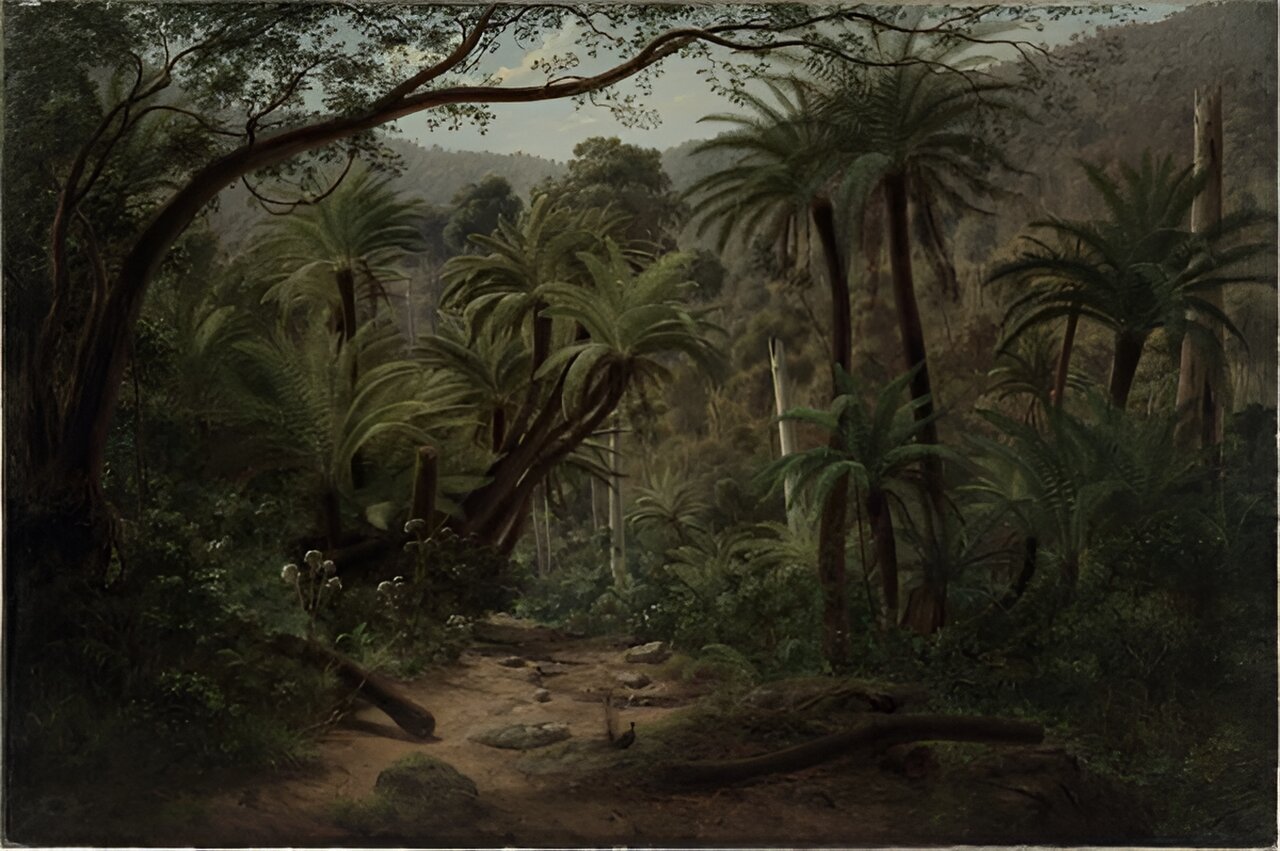Some reports and popular books, such as Bill Gammage’s Biggest Estate on Earth, have argued that extensive areas of Australia’s forests were kept open through frequent burning by First Nations people.
A key question then is: what does the evidence say about what tall, wet forests actually looked like 250 years ago? The answer matters because it influences how these forests are managed.
Our key conclusion is that these forests were not open or park-like-as was the case in some other vegetation types in Australia.
The compelling evidence we compiled all indicates mountain ash forests were dense, wet environments, not open and park-like, at the time of British invasion.



Lindenmayer et al. have published on this recently.
https://onlinelibrary.wiley.com/doi/10.1111/aec.13096 - What are the associations between thinning and fire severity?
https://conbio.onlinelibrary.wiley.com/doi/10.1111/conl.12766 - Does forest thinning reduce fire severity in Australian eucalypt forests?
And some choice quotes from other works: